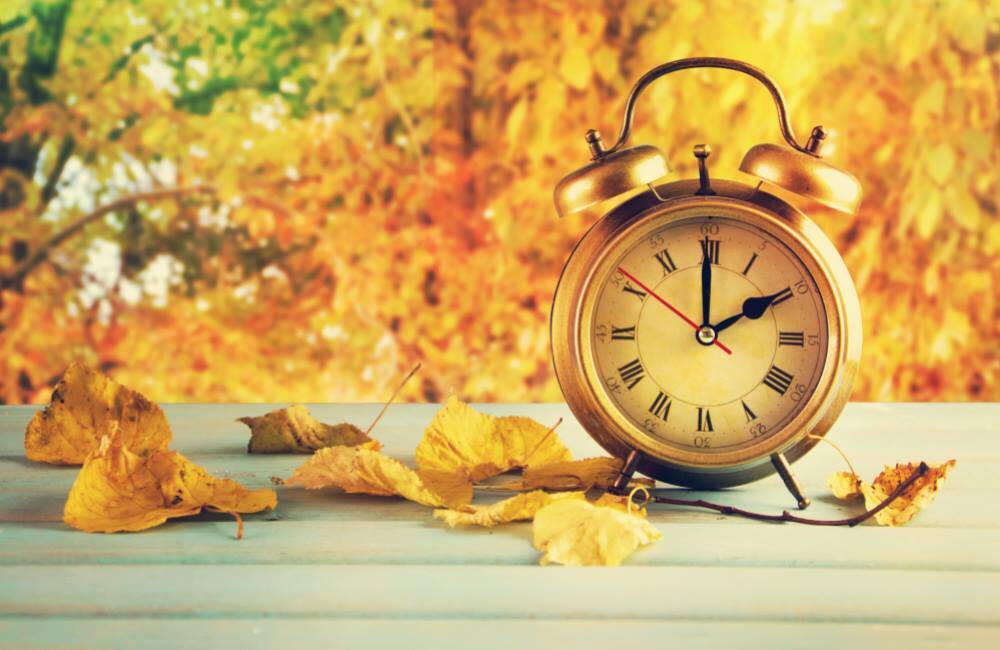The History Behind Daylight Savings Time

When I think of the words, “fall back”, I think about the time change we are about to embark upon. On Nov. 4, 2018, Daylight Savings Time ends and we lose an hour of sleep; the common thread for most people is dread, after all, who wants to lose an hour of daylight?
This appears to send everyone into a spiral of emotion and comments ensue. To get our mind off what we are losing, I thought a little bit of history might be interesting.
There is a strong belief that farmers were behind the idea of Daylight Savings Time (DST). That is actually a myth. DST was conceived in 1907 by an Englishman, named William Willet. He believed there was a waste of daylight because the shutters of homes were closed tight in the morning when the Sun had already risen. After spending a fortune lobbying for change, it wasn’t until after World War I started that the government and citizenry recognized a need to conserve coal.
Germany First Adopted Daylight Savings Time
The Germans were the first to adopt the light saving system in 1915. Then, the British in 1916 introducing the first Summer Time by turning the clocks ahead one hour in May. The United States followed in 1918 when Congress established time zones and the Standard Time Act.
Despite the controversy that occurred among Americans at the time – after all, why should we follow “clock time” versus “sun time” – the meaning for DST ended up being about energy conservation during World War I.
It soon became a mentality that more daylight was “more hours of work.” Soon, the thought was “more daylight, more food supply,” as the extra light became an increase in home gardening, which then increased the Allies’ food supply during the war. Strong opposition came from farmers. They resisted the change, arguing that they had to engage in farm chores in the early morning in the dark just so city dwellers could enjoy a daylight motor ride in the evening.
World War II and Beyond
Daylight Savings Time only lasted until 1920 but was reinstated again at the start of World War II to conserve energy, yet again.
After the war, DST started being used on and off in different states, beginning and ending on days of their choosing. This inconsistency created confusion, so in 1966, Congress passed the Uniform Time Act, establishing the model that we follow today. With some changes since then, DST remains intact.
So there you have it, according to the facts from the Old Farmer’s Almanac. The idea of springing forward and falling back was about conserving energy.
DST still creates controversy and frustration, especially for farmers. While the belief is that farmers were instrumental in the concept of DST, they objected to the concept of changing the clocks.
So, why the debate then and still now? I believe it is about the internal body clock and what it does. Some reports show that farm animals, including chickens, take several weeks to adapt to the change. Other reports show confusion with cows and the milking process. For humans, diet patterns change as well as sleep patterns, causing some people a couple of weeks of adjustment.
Going With the Flow of Nature
While all of this sounds negative, the fact remains, changing the clocks is something that we currently must do. Unless someone actively gets involved again in pushing a change through Congress, we must yield to the resistance of fighting the process.
I remain partial to the debate of whether to change Daylight Savings Time; I enjoy the change of daylight, seasons, and the change of the internal rhythm.
Whether we have that extra hour of light or not, the season is changing. Letting go of the need to control the flow of nature is something that we believe in here at Hope Grows. What we choose to take from this impending change of seasons is in our control.
We can take some positive introspective and intrapersonal lessons from the process. Expressing gratitude for what nature did and will provide can go a long way in accepting this time of year.
One of the most challenging yet rewarding things I do here at Hope Grows is stepping outside in the morning. I marvel at the process of the evening dew meeting the cold air through the night. I engage with the frosty earth and let the cold air hit my face. I express gratitude, say “Good Morning,” and start my day.
With that, who needs caffeine?
